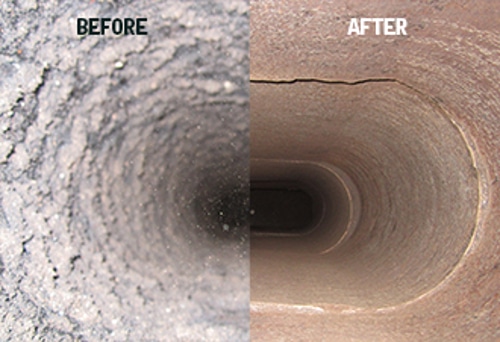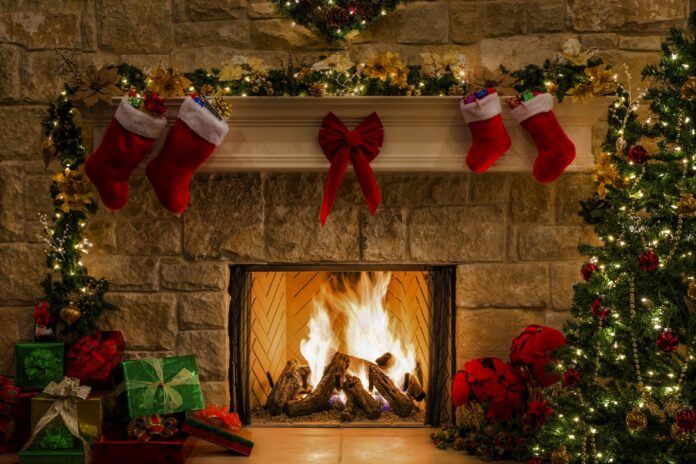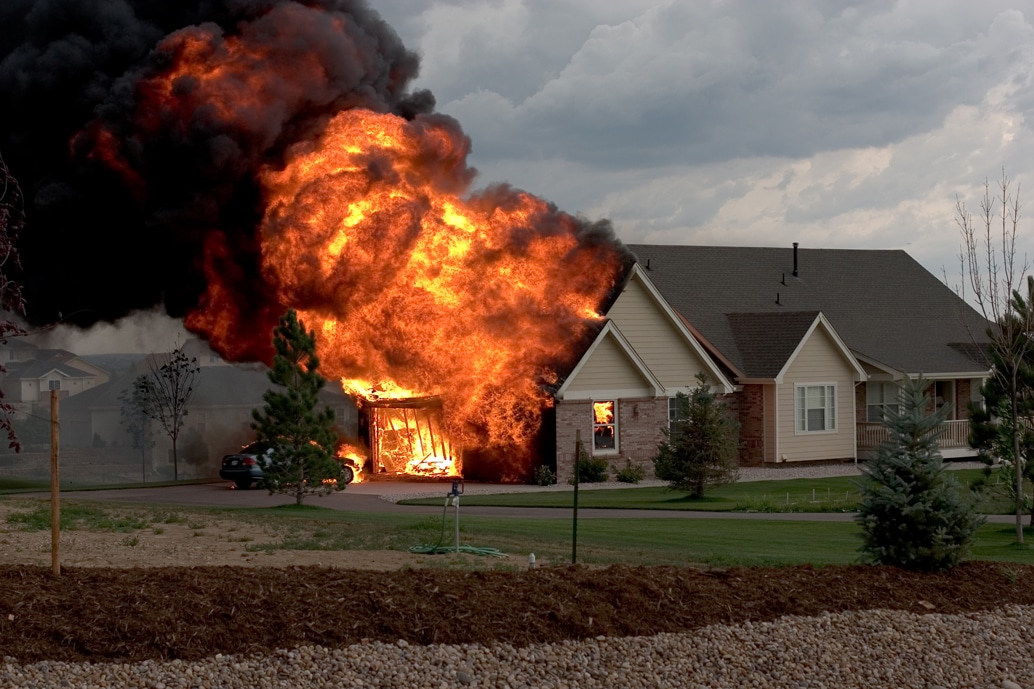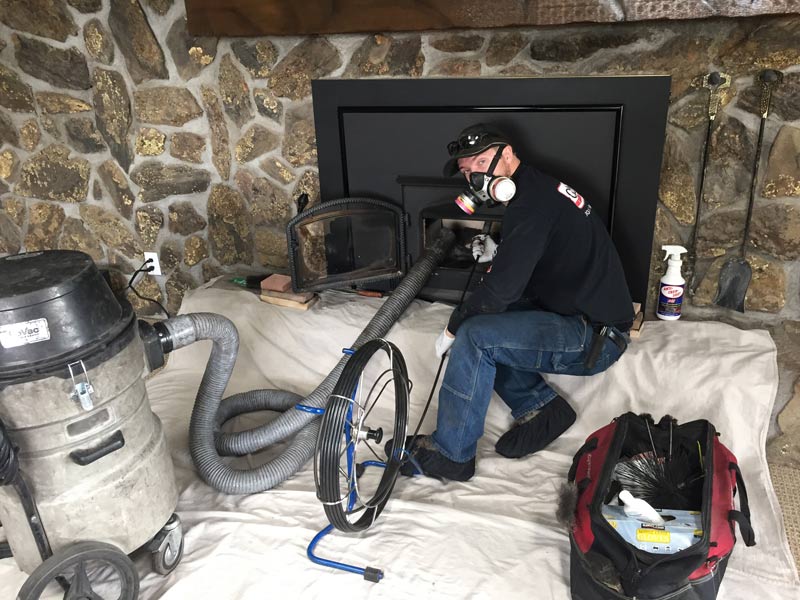Fireplace maintenance is important for you and your family’s safety. Even if you don’t need it yet, it is important to tick off your maintenance checklist to ensure you have covered everything so it is all ready when you finally want to use it.
It’s getting cold outside, and you just realized something. Your house has a chimney. The thing is, you can’t recall when it was last used, or you simply don’t know. So, let’s stop right there.
Given that it has been some time since the chimney was fired up, we know that it would not be safe to light a fire in it. It obviously has not been taken care of, and the truth is that more than 20,000 chimney fires are caused each year by a lack of proper maintenance.
How To Do A Fireplace Maintenance
You shouldn’t overlook your fireplace maintenance. Chimneys need to be inspected at least once a year. Around October or November or a little earlier, just as it’s getting cold and you’re not far from considering a fire, are good times to check them.
It’s not hard to imagine just how dangerously filthy the inside of a chimney can get. All of that smoke can leave behind an extremely flammable oily residue known as creosote. It creates a serious and common fire hazard. That’s why there are professional cleaners who ensure against such potential disasters along with carbon monoxide poisoning. Greater danger looms when the heat in the smoke chamber passes through the cracks and ignites the wood framing of the home.
The soot left from gas burning may be lighter than creosote created from actual fire, but there are still potential dangers related to it. For one thing, it is messier and it can gather and clump together, creating solid masses that fall onto the area around the hearth. Additionally, a gas fireplace may release particles into the air while increasing the possibility of trapping carbon inside.
So, you’re probably wondering if (or worse, assuming that) this is something you can do yourself. DIY guy to the rescue. Well, slow down. Even if you have a lot of home repair experience under your belt, it’s not recommended. It really is a potentially dangerous job.
Look what you must deal with – ladders, rooftops, sometimes even animals (live or dead)! Another reason to have your chimney inspected: you never know when some cute critters have gone ahead and made a home out of it.
Most importantly, clean off any creosote and debris that has been collected above the smoke shelf using a high-power vacuum. If one random spark were to find its way there otherwise, it would start a fire.
So you’ve scheduled an inspection, what now? Obviously you should remove any loose breakable items you may have displayed on the mantle. Move any furniture that is very close to the chimney away. Then the inspector will determine if there are any structural problems before deciding whether a cleaning is necessary.
A heavy presence of creosote will indicate that. The inspector may even employ a scanner to examine the interior surface and joints. If a possible hazard is suspected, special tools are required and parts of the chimney may have to be removed. Depending on the size of the chimney and whether or not they have sent a two man crew, the entire process should not take more than two hours.
If you’re looking at some serious issues you may expect a return or follow up visit from them. There are occasions when a chimney that hasn’t been cleaned in decades needs a seriously intensive clean up.
Once your chimney is in use and keeping you warm without any issue start using a code compliant rain cover. It will prevent the entrance of birds, leaves and wind. Keep it on when it is warm so it may keep the chimney clean during the off season and ready to be put back in action, without issue, in a moment’s notice.











